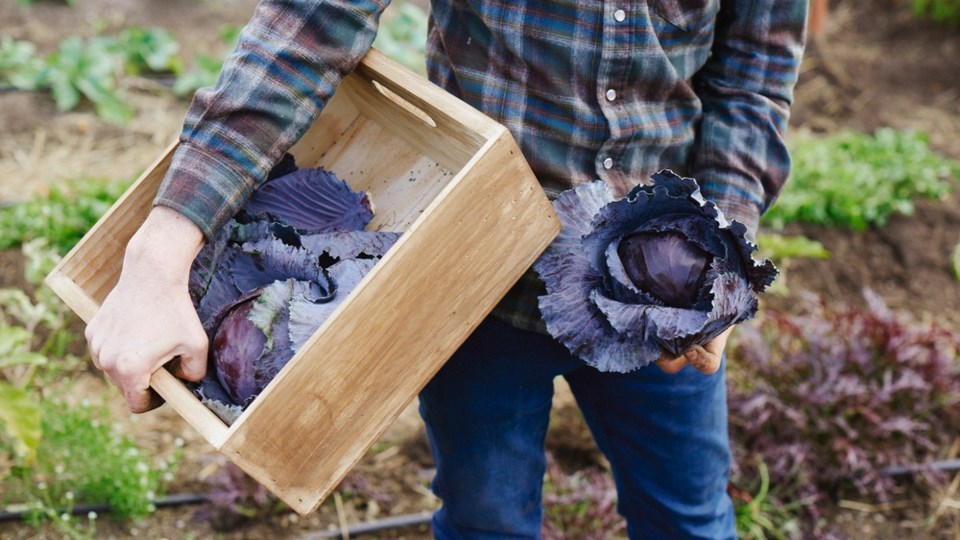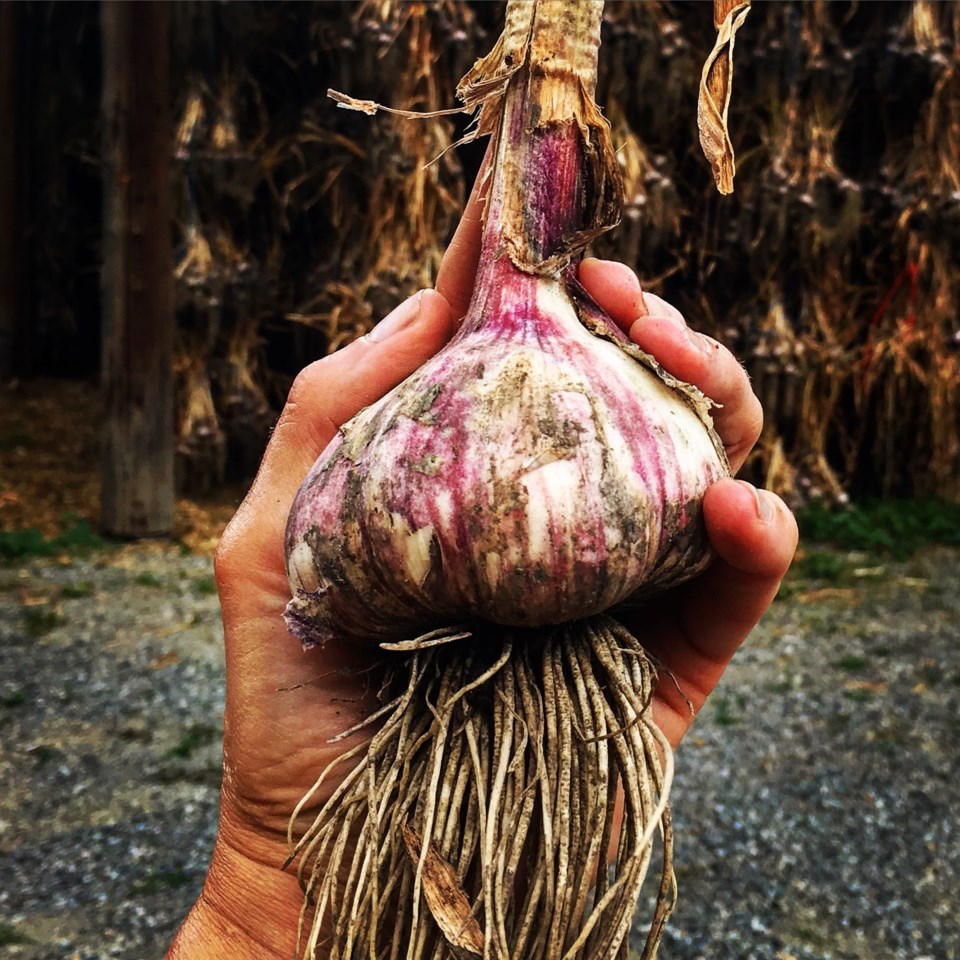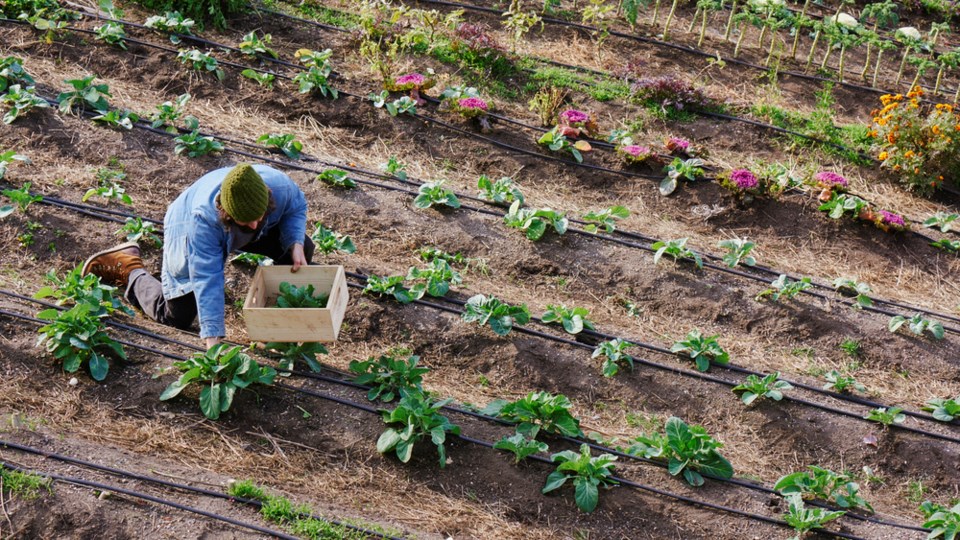Canada’s farmers are getting old. According to the 2016 Statistics Canada census on agriculture, released earlier this month, the average age of the Canadian farmer is 55, up slightly from the last census in 2012. And, as this group ages, we’re left wondering who will take up the scythe (figuratively speaking, natch) and carry on making our food. Turns out, it’s not all doom and GMO-gloom. According to the same census, the number of farmers under 35 has also gone up slightly, meaning more and younger people are taking up farming as a career.
This younger group, which can span more than two decades from end to end, is also bringing a strong innovation slant to their work, creating new products and social initiatives. While multi-generation operations like Covert Farms in Oliver and Harker’s Organics in Cawston have long been laying down their organic and sustainable roots – and even expanding into winemaking – it’s some relative newcomers who are driving the latest farming revolutions.

Michael Buffett, the founder of Start Fresh in Kelowna, launched his community teaching garden last year as a not-for-profit designed to teach people about the value of good food, while also teaching them usable skills both in a kitchen and on a farm. The Start Fresh Project is now in the process of building a catering and teaching kitchen in order to both deliver more services to the community as well as to create a self-funded model that will allow it to continue helping groups like the local Kelowna branch of the Canadian Mental Health Association, the Karis Support Society (a women’s shelter that provides safe housing, support, and skills development for those dealing with addiction and mental health issues), and the local Boys and Girls Club, among others.
“We’re not certified organic,” says Buffett, [its proximity to a neighbouring cherry orchard that uses sprays makes that impossible], “but we do use organic farming practices. And our classes are free to those who have been referred through social services.”
Today, the main farm operates on a half-acre of donated land, with the catering location and other growing locations in the works. As for the produce, it goes directly back to the community, via community groups like Karis, as well as through social services. Start Fresh also operates a community bee farm, with the same educational goals as the main farm.

Further south in the Similkameen Valley, husband-and-wife team Yvonne (Yve) Kosugi and Morris Holmes quietly launched Farmersdotter Organics a handful of years ago, focusing on only one crop, Russian Red garlic. It turns out it’s a heritage varietal and, according to Kosugi, introduced to Canada by the original Doukhobor settlers. Because this is a certified organic farm, Kosugi and Holmes use rotation methods to keep the soil biologically active, which is what led to their now-popular secondary line of garlic scape sea salt. Scapes are the flowering stems that appear for a short period (roughly three weeks) during the growing season. “Most people aren’t familiar with scapes, as they’re around for such a short period of time,” explains Kosugi. “So, for most farmers, they’re just waste. They end up leaving them on the ground, as the scapes will continue to release their seeds, but if you want a clean rotation that minimizes bacteria and disease, this isn’t helpful.”
Kosugi decided to harvest the scapes instead and turn them into a flavoured sea salt. The idea was inspired by where she grew up. “My mother is a certified organic grain grower in Saskatchewan,” says Kosugi. “I grew up near an ancient salt bed that’s part of a massive salt pan that stretches from the Northwest Territories down into Saskatchewan. The salt from the mine is about 300 million years old, so, like a diamond that’s had its impurities driven out over time by immense pressure, this salt is incredibly pure. It’s pre-industrial, pre-human, really.”
The farm name is a reference to Kosugi’s mom and their Swedish heritage (“dotter” is the Swedish spelling of “daughter”). Kosugi uses her mom’s certified organic flour for the bread she bakes in the farm’s massive wood-fired oven. That oven is also where she dries out the scapes that go into the salt. Holmes, meanwhile, has been focused on turning the farm into a net-zero energy farm. What does that mean? “We are connected to BC Hydro, but we’re setting up a solar array to generate our own energy in the summer,” he explains. “It means that we can generate our own power that can be fed back into the grid, giving us an energy credit. We can then use that credit during the winter, when we use more energy than we generate, resulting in zero-net use.”
The pair are also constructing some guests suites on the property, that should be available via Air BnB by July and will be solar-powered as well.



